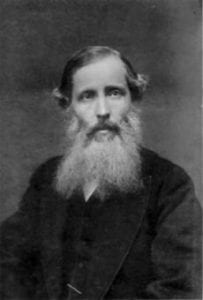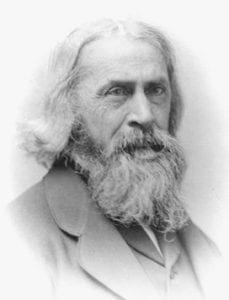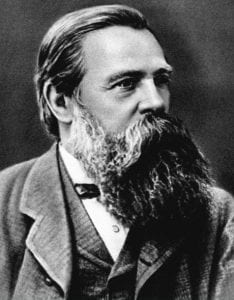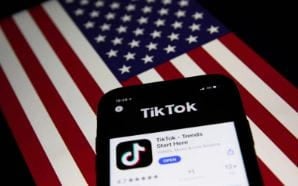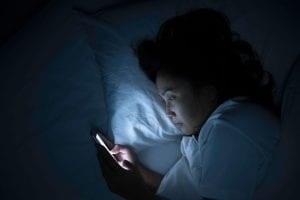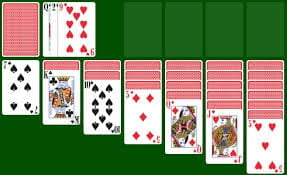
The other day, it occurred to me that my school year has been categorized based on what game I was playing at a given time. Since these games are an essential part of my school day, I thought I’d give some brief thoughts on each one.
Tetris: 8.2/10
- Not much of a learning curve.
- Can be really satisfying (unless you’re Vivian)
- Can be a little stressful.
Papa’s games: 12/10
- Incredible
- Nostalgic
- Will always be on top
Sudoku: 8/10
- A plethora of puzzles are available at all times with a wide range of difficulties depending on how fried your brain feels.
- Gets a little repetitive though.
NYT games: 9/10
- A good variety of unique entertainment.
- My one gripe is that there’s only one puzzle a day for the Mini, Connections, etc.
Minesweeper: 7/10
- Weird learning curve
- Honestly the most mind-numbing for me which can be good or boring.
Solitaire: 8.6/10
- I’m biased because I love card games, Solitaire is a good one.
- Can get on my nerves.
Chess: 1/10
- This is a me problem
- I’d probably like it more if I had any idea how to actually play.
Airport rush: 7.4/10
- I wish it didn’t start off so slowly, but this one’s fun.
- Not suitable for those with heart issues.
Overall, these games have been an important part of my school year. Sometimes they entertain me, and sometimes they’re incredibly distracting – in any case, I’m somewhat grateful for their existence.

